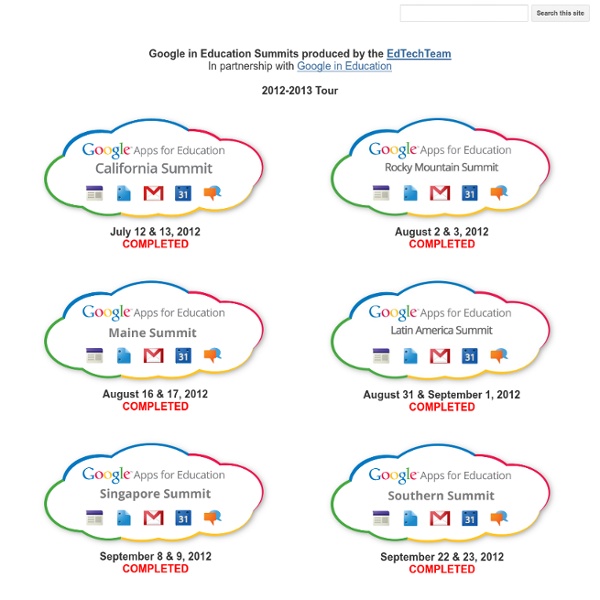



Google Green Blog Dry Erase Whiteboard Paint for Home, School, and Work | IdeaPaint Buy Now We exist for one simple reason: to fundamentally improve the way people work. IdeaPaint was born from this very notion, a frustration with the way ideas were shared and coworkers collaborated. How can you think big when you write small? How can you harness the collective intelligence when it's awkward to share what's inside your own head? We could see the writing on the wall. Exploration leads to discovery. IdeaPaint is proven on the walls of the world's most innovative and successful companies. IdeaPaint is more than a tool. Leave your mark™ Order a sample Link to product pages Book a presentation to learn more
Giving 分析并最终转变媒体宣传中的性别不平等情况的技术 项目: 吉娜·戴维斯媒体性别研究院 (Geena Davis Institute on Gender in Media) 将利用其从全球影响力奖获得的 120 万美元奖金来支持新软件(用于分析屏幕上的性别形象)的开发,以便将以前耗时的研究扩大到全球,从而加快在儿童媒体中树立正面女性人物形象。 影响: 虽然全球人口有 50% 以上是女性,但在美国媒体中,男性人数是女性人数的三倍,而幕后人员的男女比例为 5:1。 孩子们小时候在电视上看到的内容对其日后发展、社交和文化行为以及信仰有着非常深远的影响。 此项目将利用自动化技术来分析儿童媒体描绘女性的方式。 PowToon : Online business presentation software to create free, cool, animated, powerpoint video alternatives Using Google Chrome as a Calculator & Unit Converter There are tons of good things in Google Chrome which make it a really awesome browser, the lack of extensions is slowing going away and there are tons of Google Chrome Extension available to users. Other than that there are quite a hidden gems in the browser including a truly awesome auto-spell check and corrector. But did you know that you can use Google Chrome as a calculator and unit converter? To perform calculations using Google Chrome, just type the calculation in the Omnibar (address bar) and you should instantly see the result for the calculation in the dropdown with a =sign, to copy the answer just scroll down to it and copy it from the Omnibar. Similarly you can also use the Omnibar to perform unit conversions as shown in the screenshot above, once again you can perform both simple and advanced conversions using the Omnibar, copying the answer is similar to how we did it in the calculation above. What do you think about the feature?
Audiotool - make music in your browser Chromebook App Special Edition - Monday 24th August - 7pm AEST